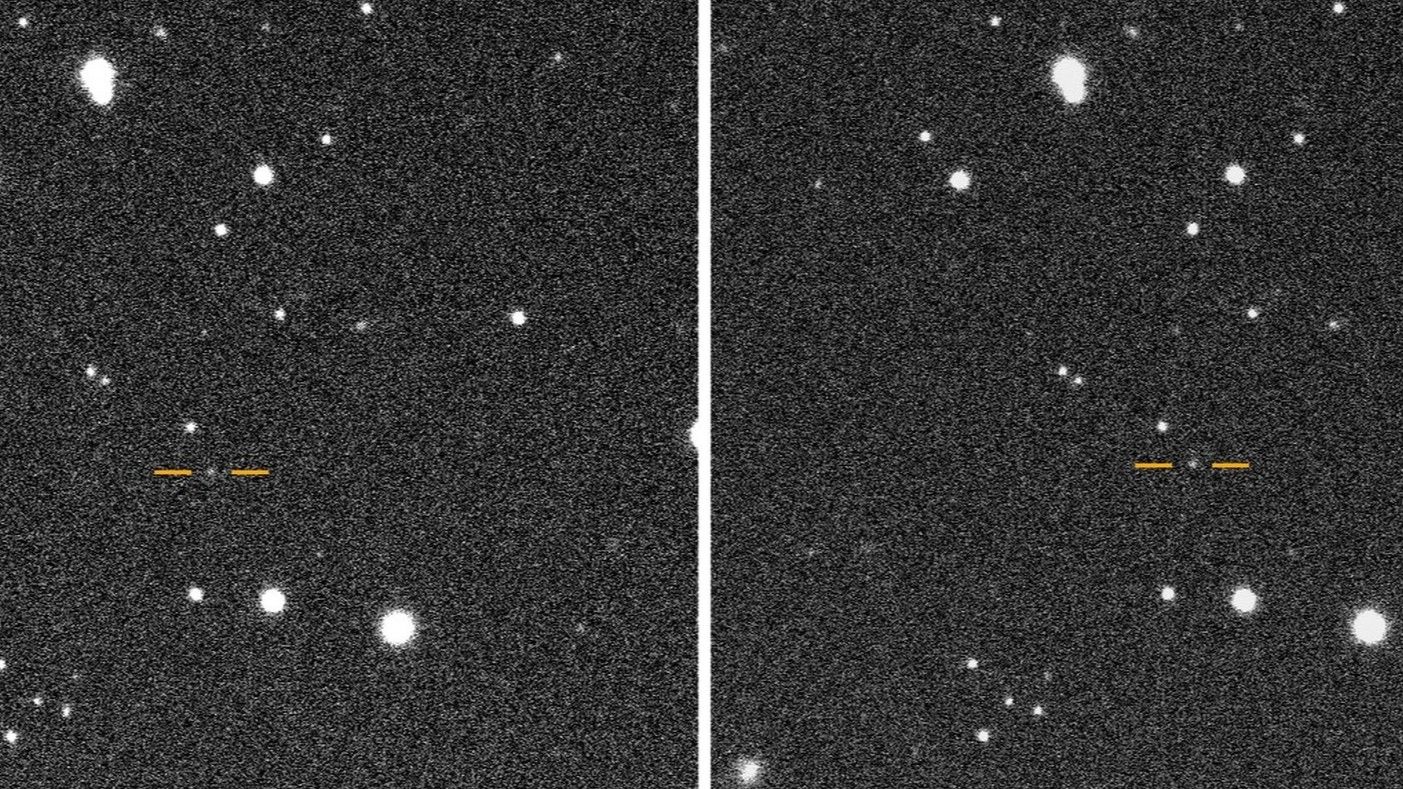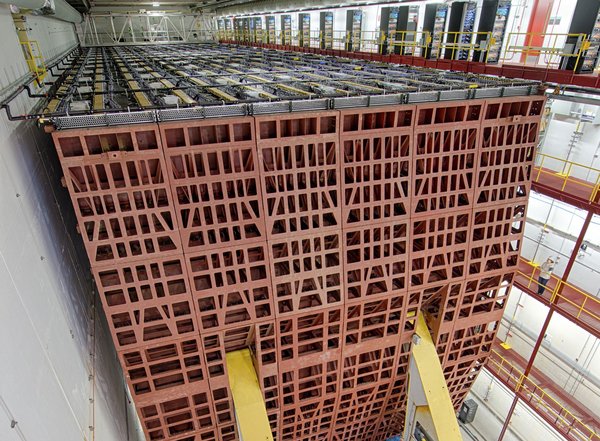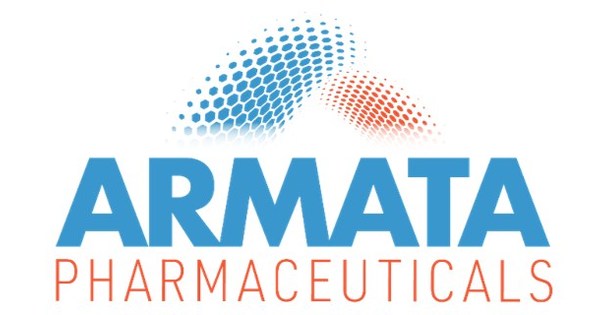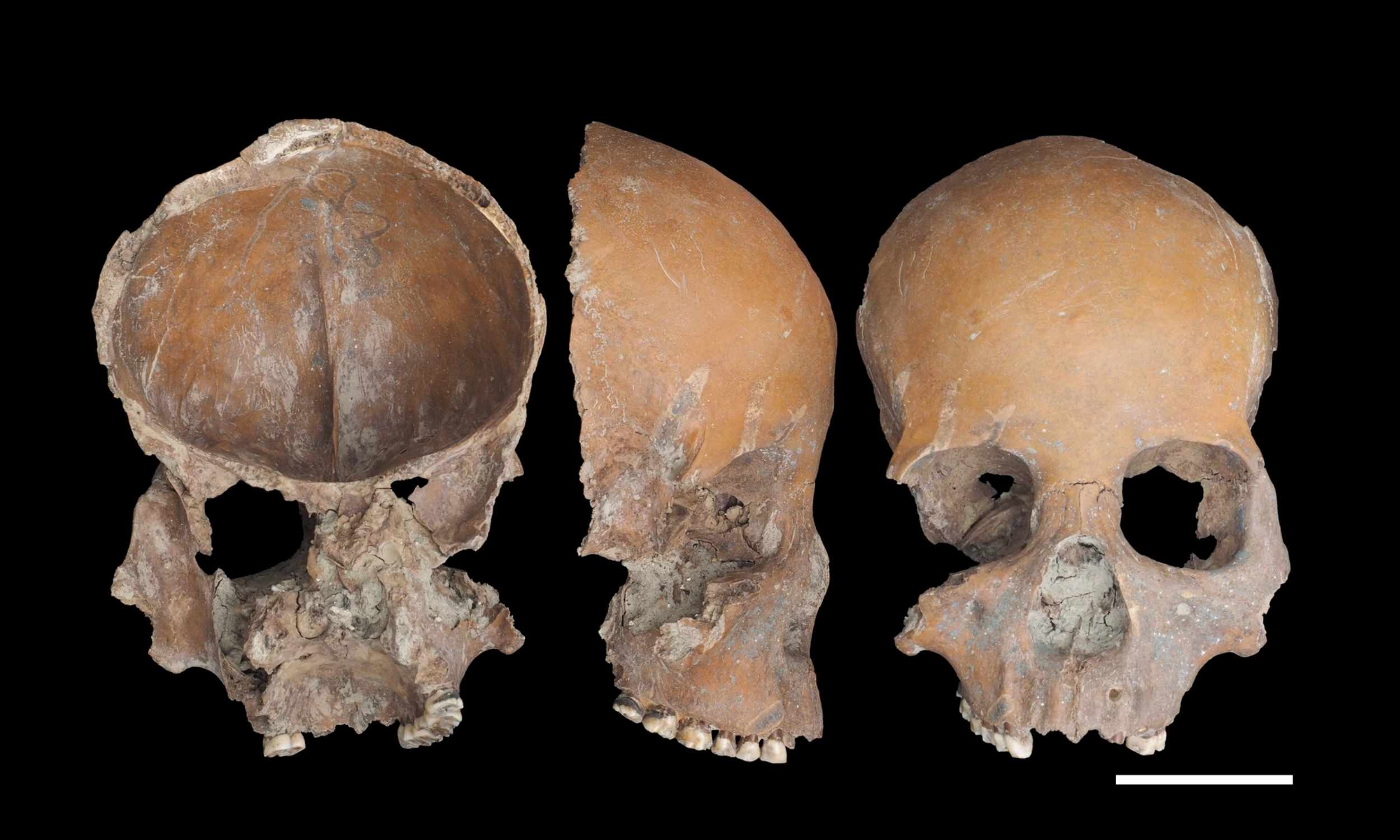Many organizations are merging their HR and IT functions under unified leadership to create a more integrated, data-driven, and agile organization, but this convergence also presents complex challenges that must be addressed
Key takeaways:
-
-
-
AI is blurring the lines between HR and IT — The increasing integration of AI agents into workflows is prompting organizations to merge their HR and IT functions, with a significant percentage of IT leaders saying they expect this trend to continue.
-
Strategic actions for success — To effectively integrate HR and IT and leverage AI, organizations need strong, cross-functional leadership, a clear strategic direction for AI adoption, cultivation of AI literacy and adaptability, and a data-driven approach to cultural transformation.
-
Human adaptation is key — Unlocking organizational potential can only occur with thoughtful leadership that prioritizes human adaptation and intelligently orchestrates the integration of people and AI.
-
-
As AI continues to transforms the future of work, a growing number of organizations are breaking down traditional departmental silos by merging their HR and IT functions under unified leadership — and many expect this trend to continue in the future. Indeed, 64% of IT leaders surveyed say they believe HR and IT will merge within the next five years. This strategic convergence is a fundamental shift that is compelling organizational leaders to reimagine how work gets done while presenting other complex challenges.
The convergence of HR and IT functions
The rapid ascent of AI agents from current tools to a future state in which they are expected to be colleagues is blurring the lines between traditional technical and non-technical roles. As Skillsoft’s Chief People Officer Ciara Harrington recently stated: “There is no role that’s not a tech role.”
For many forward-thinking organizations, merging these departments offers a combination of benefits and paves the way for a more integrated, data-driven, and agile organization, that clearly offer some benefits including:
Holistic workforce architecture — Merging HR and IT enables leaders to design how work is done and better align human skills with hardware, software, and AI. For example, Moderna is reframing workforce planning around workflows by segmenting what technology should do and where humans add irreplaceable value, explains Tracey Franklin, the company’s chief people and digital technology officer.
Streamlined innovation and agility — When HR and IT co-own transformation, organizations can adapt faster to new tech and processes. In another example, Bunq, an online bank, organized its IT and people teams to sit within the same bigger team because they both are building systems that support the rest of the business.
Transformation brings about challenges
Navigating the risks of merging HR and IT is not without challenges, however, and organizations must carefully address several barriers to progress, which include:
Loss of specialist expertise — The most pressing concern involves diluting critical professional knowledge. “Merging the departments risks losing or diluting the specialist expertise organizations need to thrive,” warns David D’Souza from the Chartered Institute of Professional Development. Indeed, the skillsets of HR and IT professionals involve few areas of overlap.
Cognitive depletion — A risk that is just starting to get the attention it deserves is the danger of over-dependence on AI that can cause reduced cognitive capabilities. “If AI agents do everything with us, we lose skills,” says Skillsoft’s Harrington. Indeed, this long-term capability risk is multifaceted, resulting in core human skills atrophying and bench strength, adaptability, and ethical discernment weakening.
New roles, metrics, and leadership — Perhaps the most challenging areas are those that will determine who will manage the AI agents, how human-AI team performance will be evaluated, and what professional development looks like for hybrid human and AI agent teams. Answering these key questions remains an area of ongoing deliberation.
Likewise, traditional HR metrics don’t fit human-AI teams. Organizations must redefine performance, learning paths, and career progression for both humans and AI. In addition, organizations still need leaders who can navigate the human side of transformation as AI integration accelerates.
Key actions for companies
To unlock real returns on AI investments and from HR and IT integration, organizations need visionary, cross-functional leadership that sets clear strategy, aligns operations, and equips people to work differently. Must-do actions include:
Developing strategic direction — Research in the recent Thomson Reuters Future of Professionals Report 2025 identifies four interconnected layers for AI success, which include a clear, visible plan for AI adoption (strategy), committed leaders who model the right behaviors (leadership), adjusted workflows and roles to leverage AI (operations), and ways to empower people to learn and set personal AI goals (individuals).
While organizations that align all four layers unlock the greatest value from AI, the first layer, strategy, is the single strongest predictor of AI return on investment, according to the report. And the same is true for successful HR and IT integration. It requires leaders who can bridge both worlds without necessarily being technical experts, while also setting direction and providing vision, allocating capital effectively, removing obstacles, fostering culture, and engaging employees.
Cultivating AI literacy and adaptability — Organizations also must develop comprehensive AI training with responsible AI, including clear usage policies. This includes preparing employees to incentivize experimentation around recreating their own workflows to allow AI to execute repetitive tasks while team members can then focus on more complex problem-solving.
Data-driven cultural transformation — Success requires using data strategically to transform the culture to shift to collaborative human/AI ecosystems. Some companies are using data and building accountability mechanisms to ensure leaders are culture promoters and data stewards. Without this data-centric approach to cultural change, organizations likely will fail to realize the full potential of integrated HR and IT functions.
Yet, no matter what functions are merged, organizational potential is unlocked by thoughtful leadership that centers human adaptation and intentionally orchestrates how people and AI integrate to do the work. Now is the moment for companies to define a clear roadmap, invest in capability-building, and pilot human/AI teams with measurable guardrails to help organizations learn fast, acclimate to new work realities, and scale what works.
You can find out more about how organizations are addressing issues of talent development and management here








